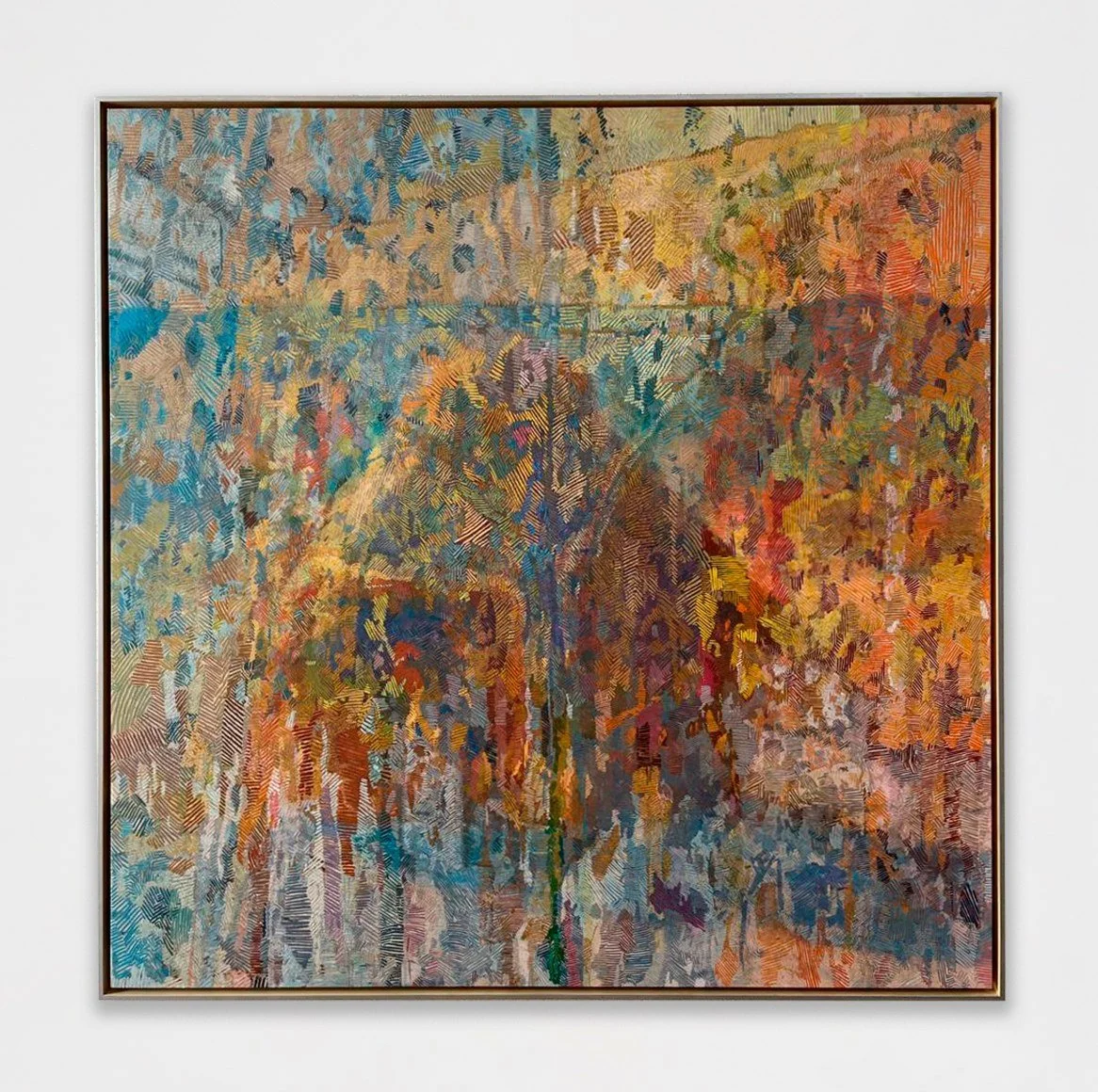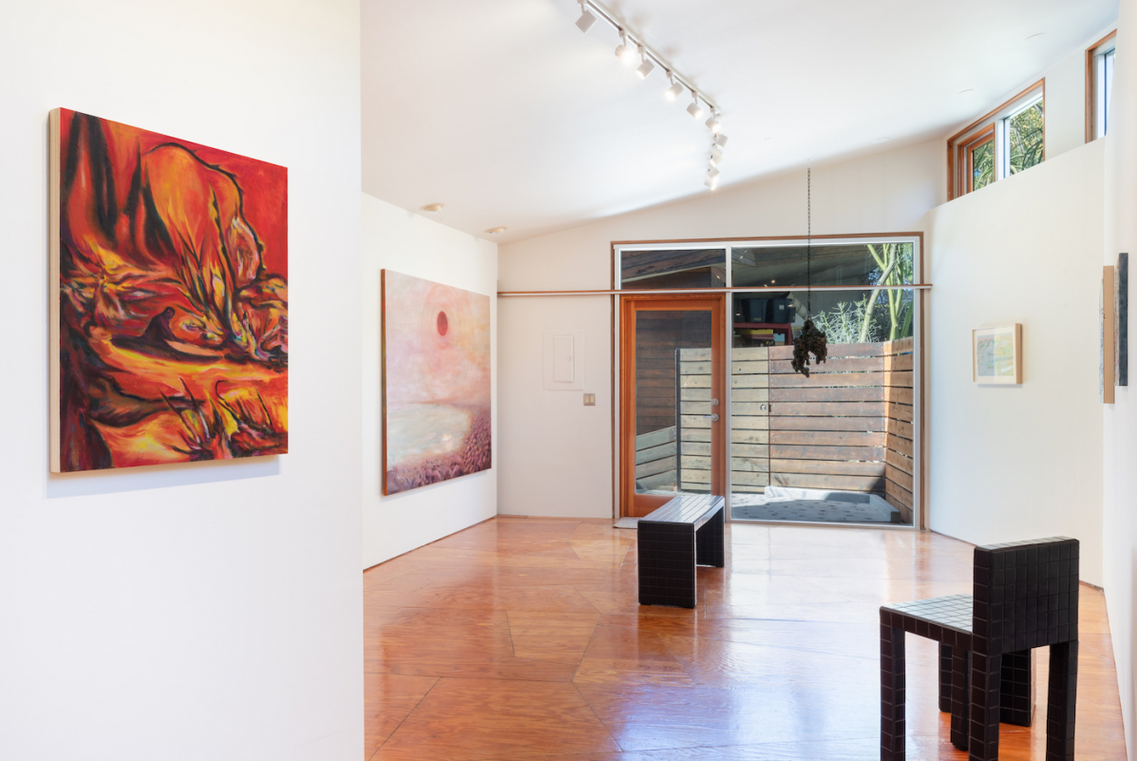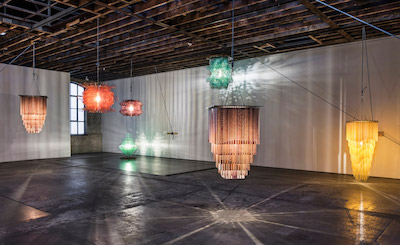Jorge Pardo
October 30 - December 20, 2025 | Petzel, New York
Jorge Pardo, Untitled, 2025
Oil and metallic paint on canvas, stretched over birch and engraved
73 1/4 x 73 1/4 x 2 3/8 in
186 x 186 x 6 cm
With vibrant paintings, hanging sets of pendants and new floor lamps, Pardo builds upon his interest in fusing machine and hand-made media to create works that are paradoxically bound to conditions of time, memory, and space.
Referring to his paintings as “artworks to think with,” Pardo uses a procedural approach he has developed over the past half decade. He overlaps far-spanning art historical sources digitally, which converge and intersect as vertices of light, color, and form to arrive at final images through a process of estrangement and dissociation. This allows him to forge unexpected affinities between seemingly disparate works, starting with the entirety of Monet’s Haystacks and intersecting them with the interventions of conceptually-informed artists like Michael Asher. Pardo feeds such influences—compositions by Monet, Asher, Joan Mitchell, Wayne Thiebaud, and others—through a mechanized order of operations, appropriating these images while disassembling them altogether. With the digital drawing complete, vectorized outlines are laser-etched on to canvas and hand-painted with an effervescent palette of marigold yellows, pearlescent blues, and mossy greens.
Similarly, Pardo’s hanging pendants and floor lamps draw upon both Monet’s Haystacks and Warhol’s Shadows. Armed with architectural software, the artist machines these mythical lighting effects so tangled in art historical discourse. The resulting lightworks slice, abstract and restructure the interior light of Monet and the exterior saturation of Warhol’s shadows onto laser-cut planes of painted acrylic sheeting. For the floor lamps, Pardo has used over 50 Shadow paintings as his palette, assigning colors to each lamp. Unique, organic shapes emerge from the floor through acrylic that the artist warps with heat.
In addition to the exhibition, Pardo has invited an ensemble of artists, curators, writers, psychoanalysts, scientists, and thinkers to give brief lectures instead of each painting’s titles as ephemeral stand-ins. The lectures will take place on December 13, 2025, with more details forthcoming.



















